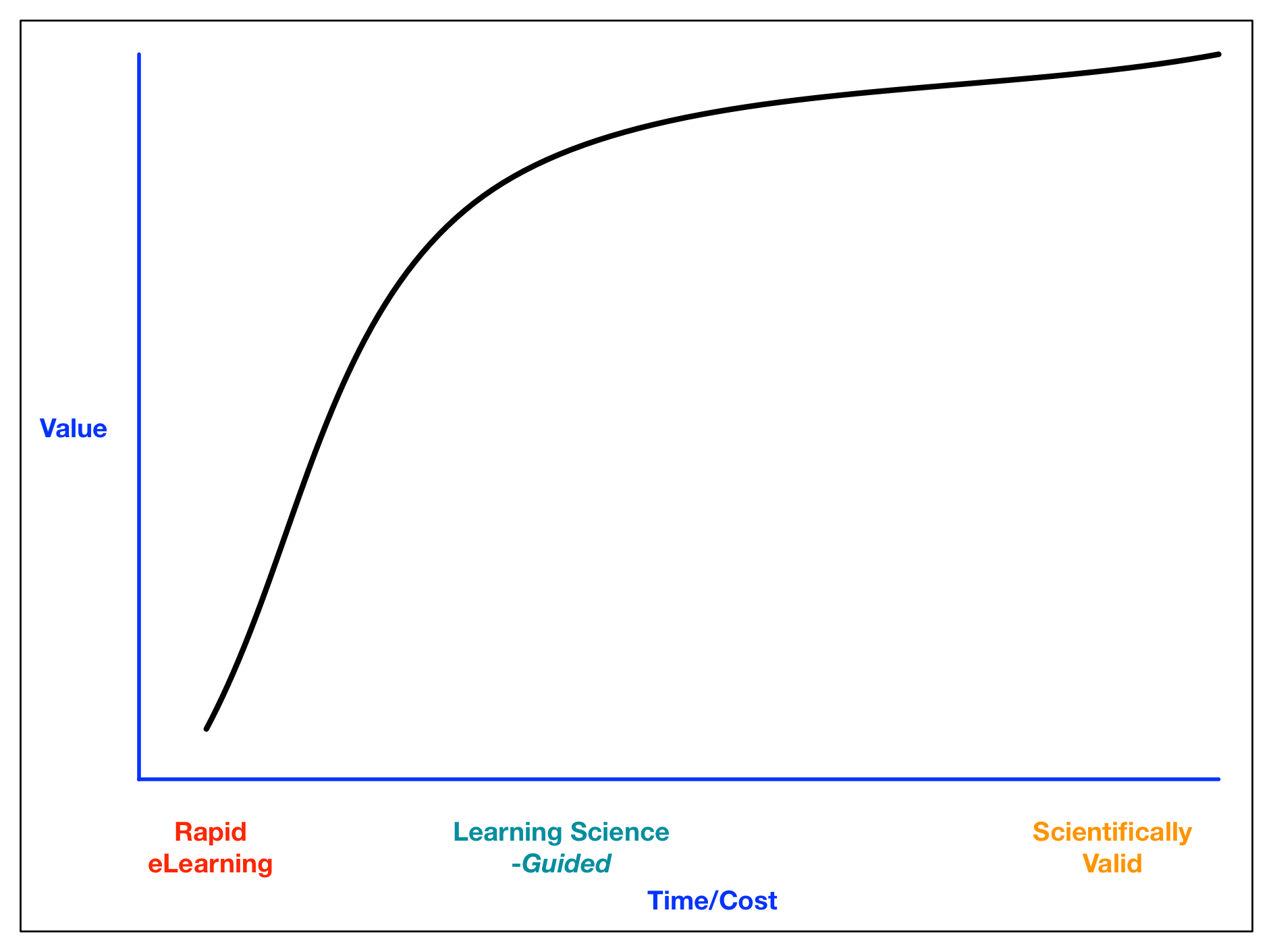As usual, I will be at DevLearn (in Las Vegas) this next week, and welcome meeting up with you there. There is a lot going on. Here’re the things I’m involved in:
- On Tuesday, I’m running an all day workshop on eLearning Strategy. (Hint: it’s really a Revolutionize L&D workshop ;). I’m pleasantly surprised at how many folks will be there!
- On Wednesday at 1:15 (right after lunch), I’ll be speaking on the design approach I’m leading at the Wadhwani Foundation, where we’re trying to integrate learning science with pragmatic execution. It’s at least partly a Serious eLearning Manifesto session.
- On Wednesday at 2:45, I’ll be part of a panel on mlearning with my fellow mLearnCon advisory board members Robert Gadd, Sarah Gilbert, and Chad Udell, chaired by conference program director David Kelly.
Of course, there’s much more. A few things I’m looking forward to:
- The keynotes:
- Neil DeGrasse Tyson, a fave for his witty support of science
- Beau Lotto talking about perception
- Belinda Parmar talking about women in tech (a burning issue right now)
- DemoFest, all the great examples people are bringing
- and, of course, the networking opportunities
DevLearn is probably my favorite conference of the year: learning focused, technologically advanced, well organized, and with the right people. If you can’t make it this year, you might want to put it on your calendar for another!
